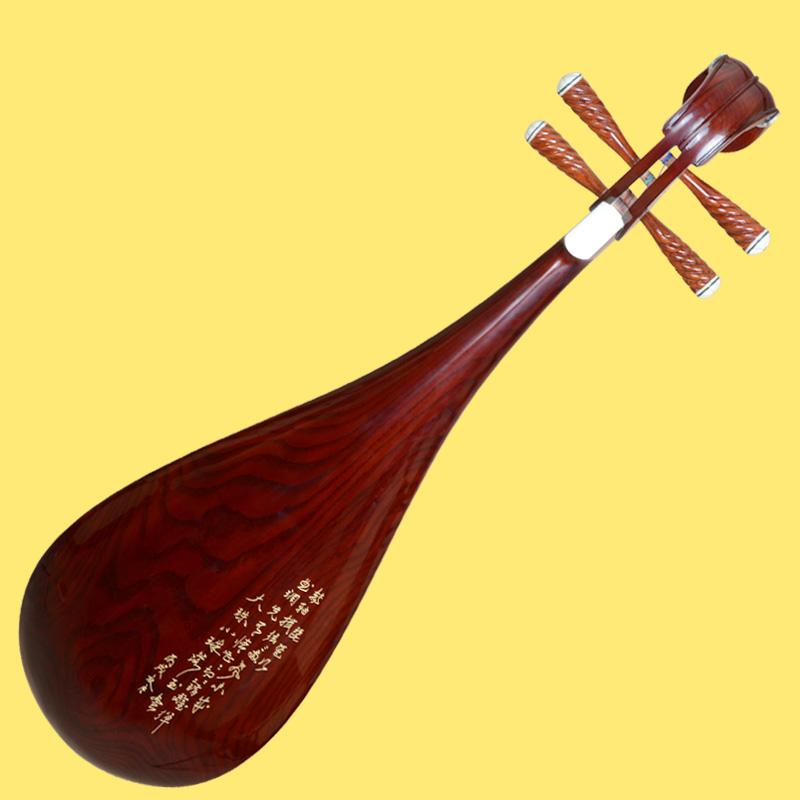How to avoid ring finger noise when playing the pipa
The reason why some pipa students often make messy and rough noises when they rotate their fingers is due to the inaccurate position of the left fingers and the irregular flexion and extension of the right fingers. So how to avoid the noise of the wheel fingers?

First, the position of the left finger to press the strings should be appropriate. If the fingertips are pressed on the large upper ends of the phase and frets, and the distance between the phase and frets is far away, the string body is not in solid contact with the phase and frets. Noise; if the finger is pressed on the top of the phase and fret, which hinders the vibration of the string body, it will produce a hoarse sound. The correct pressing position should be at the upper end that is very close to the phase and fret, and the underside of the finger is close to the upper edge of the fret. When the right hand is turning the finger, press the left finger firmly, so that there is no contact between the string body and the phase fret. There is no room for the strings on the upper end of the phase and frets to vibrate, so that a clean, bright and full-grained sound will be emitted.
The second is to have the correct wheel finger gestures. The reason why the fingers touch the strings on the left and right is mainly because the small joints of the fingers are stiff and mechanical, lack of elasticity, unnatural in retraction, inflexible movements, the fingers are not retracted in time, but continue to straighten and operate and the movement is too large to touch other strings. noise made. The correct ring finger gesture is that the right finger will return to the half-fist ready state immediately after playing the string. When playing the string, the small joints should have a feeling of pressing the string, which can better use the elasticity of the string to rebound the fingers, so that the fingers naturally feel. Return to half fist position. The wrist should be rotated slightly up and down with the wheel fingers, and its strength should be balanced with the force of the fingers. If the strength of the wrist is greater than the strength of the fingers, it will cause the fingers to expand the range of motion and make noise when hitting the strings. After the big finger picks the string, the middle joint should be bent immediately, not always straight. The specific operation of the big finger is to lower the head when preparing to pick the string, raise the head when picking the string, and keep the hand and tiger's mouth in a round shape. Eliminate the chance of hitting strings.
The third is that the fingers of the left hand should be tightly combined with the strings. It is necessary to develop a good habit of pressing the strings with the fingertips. The advantages of pressing the strings with the fingertips are that the strength is concentrated and soft, and the striking area is small, which can give full play to the elastic effect of the middle and small joints of the left finger. The relationship between the two is tight and solid, and the string body is controlled in a stable state, and the ring finger will emit a clean, transparent, full-grained sound of gold and stone. Fourth, the position of the right hand wheel finger touching the string should be appropriate. When the fingers are round, the strike points of the five fingers should be concentrated in the half between the 32nd fret of the pipa and the double hand. In this way, the sound of the fingers will be firm, uniform, and bright.
 渝公网安备 50010702504639号
渝公网安备 50010702504639号